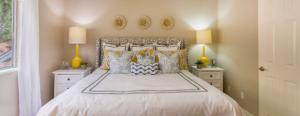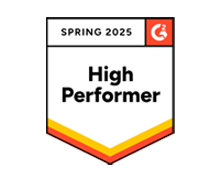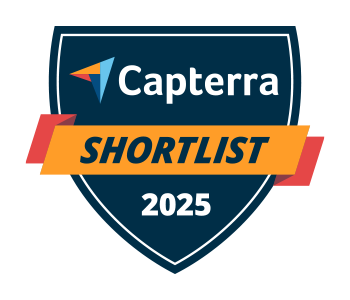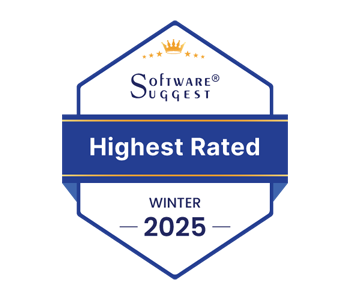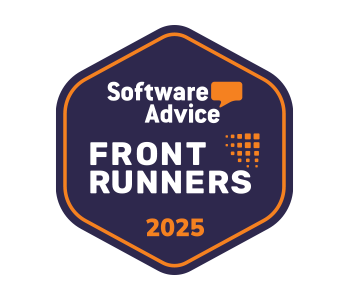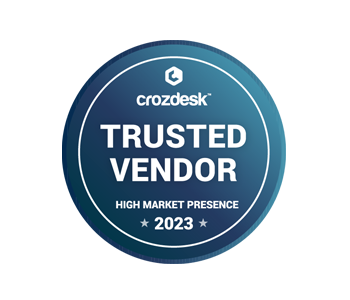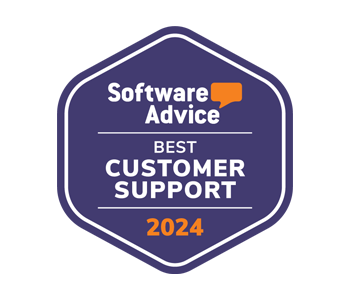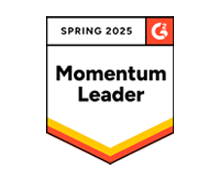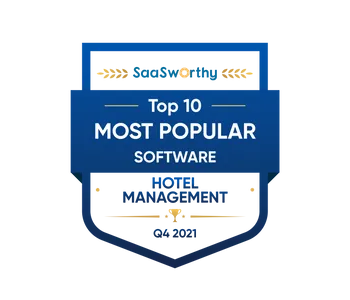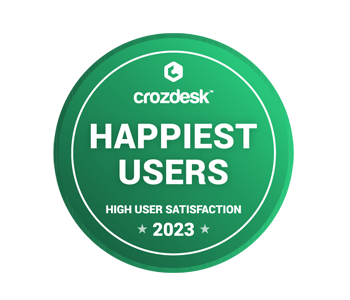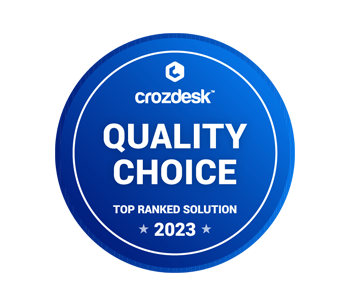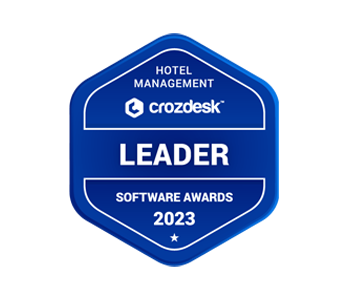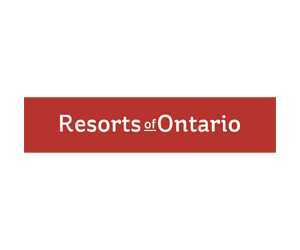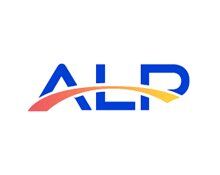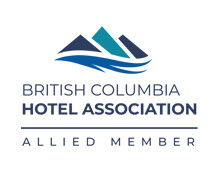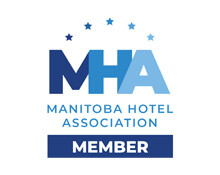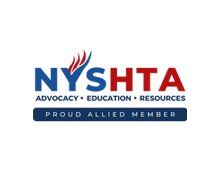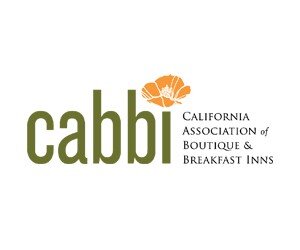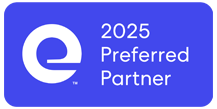As travel picks up with the warming weather, it’s that time of year your hotel may be thinking about running special packages and promos to stand out from the competition. Promotional rates are not only good for maximizing occupancy and revenue, but they’re fun too! While your guests get great value, you get the opportunity to show off your property to lots of new customers!
We all love a good deal, but as a hotelier, running promotional rates is an investment and as such must be considered strategically to ensure it delivers the best bang for your buck. Offering promos is a very effective way to drum up demand during low and shoulder seasons, and can also be used to increase revenue and brand awareness during periods of higher demand. But it’s important to consider your property’s booking patterns, competitor pricing, and forecasted demand to make sure you’re not cutting into your profit margins. Discounting your rates too deeply or too often can undermine the credibility and perceived value of your property and make it more difficult to raise pricing.
Two very important questions to ask are:
- What is the main goal of the promotion? To increase occupancy and/or revenue during a slow period? To increase brand awareness? To increase TRevPAR (total revenue per available room) during peak seasons?
- Who is your target audience? For offers to be successful, they need to be relevant to your guests. Design promotions accordingly, and promote your offers on the right channels at the right time.
Used the right way, promotional rates are very effective for generating bookings and buzz, so let’s take a look at some different strategies and when best to use them!
Value-added packages
Value-added packages combine overnight accommodation with additional products or services (like dinner, spa treatments, wedding services, shopping vouchers, or guided tours) at a discounted total price. You can choose to discount the room rate or the added services—either way, packages are an attractive deal for guests, allowing them to bundle and save. You can include on-property services like meals and spa treatments, or you can partner with local businesses to include off-site activities like theatre tickets or whale watching.
Packages are a great way to promote what makes your property unique, helping you stand out from your competition. They’re also an excellent way to increase revenue per booking. Revenue from package components can be automatically posted to separate revenue accounts to help you keep track of ancillary revenue.
When to use: Use packages to attract new and repeat guests by promoting what sets your property apart. Packages can be used effectively during slow and busy periods to increase demand and TRevPAR.
Discounted/free nights
This night-based discount strategy is often used for stay and pay rates and packages, i.e., stay for three nights, pay for two. They can also be used to offer a discounted rate on specific nights of a stay, for example, for stays of three nights or more, every 3rd night is 30% off BAR.
When to use: Discounting specific nights of a stay is a great way to book longer stays, not only in low seasons, but also to extend weekend stays into the week (increasing mid-week occupancy), and to capitalize on local events and festivals. As more people are enjoying more flexible working arrangements (e.g., working from home), this discount strategy is more appealing than ever.
LOS promotions
Minimum length-of-stay (minLOS) promotions can be used with both discount rates and packages to encourage longer stays and increase the value of bookings. The idea again here is that the longer the guest stays, the more they save. For example, a package that includes a 3-night stay with dinner, or a discount rate that offers 20% off BAR for stays of 3 nights or more.
When to use: Like discounted/free nights, LOS promotions aim to encourage longer stays so they’re best used to boost mid-week occupancy or whenever occupancy is low and to increase revenue per booking. Because longer stays mean lower guest turnover, they are an appealing prospect for hotels that are struggling with labor shortages. Note, maximum LOS restrictions can help you limit discounted multi-night stays that extend into periods of higher demand.
Discounts based on booking lead time
Discounts based on booking windows—i.e., when the booking is made—can be used to help secure occupancy in the future (early-bird rates) or to quickly fill rooms that are about to expire (last-minute rates). Discounts based on booking windows are managed by setting booking cut-off times based on the check-in date.
When to use: Use early-bird discounts to secure bookings for a future forecasted period of lower occupancy, typically 1+ months in advance. Use last-minute discounts to fill rooms within a week or two prior to the arrival date.
Password-protected rates
Password-protected rates or access/promo codes are used to restrict rates to specific guest segments, for example, corporate rates, military discounts, AAA discounts, and referral rates. They can also be used to offer limited-time coupon deals to your loyalty members, repeat guests, and social media followers. Accessed via a promo code that is entered into the booking system at the time of booking, promo-code rates are available to limited audiences and not the general public, so they offer hotels a way to attract direct bookings without breaking OTA rate parity rules. Promo rates that are only available through your online booking engine are a great way to encourage guests to book direct through your website—saving you OTA commission fees and reducing the load on front desk staff.
When to use: Password-protected rates are ideal for building guest loyalty and because they are are only available to a limited audience, you can be a bit more flexible with when you use them without worrying too much about selling out your property on discounted rates.
Bonus tips
To make the most of promotional rate strategies, your property management system (PMS) should offer flexible rate management tools to give you more control over your inventory.
Booking restrictions >> In addition to the aforementioned LOS restrictions, booking window restrictions, and access codes, other booking restrictions can be applied to promotional rates in order to better control inventory and refine your revenue management strategies. For example, rate availability/pricing can be restricted to certain days of the week (e.g., when pricing differs from weekend to week days), and closed to arrival (CTA) and closed to departure (CTD) restrictions can be used to prevent guests from checking in or out on certain dates. To prevent selling too many rooms at a discounted rate, you can limit the number of rooms that can be sold each night at that rate.
Cancellation / booking policy overrides >> Special deals may come with special terms, like stricter cancellation and payment policies. Your PMS should allow you to create rate-specific policies that override your property’s default cancellation and booking policies.
Yield management >> Automated yield management functionality allows you to program your PMS to change pricing or close out rates (including OTA rates) automatically in response to changes in availability. For example, you can create a rule that will automatically close out a discount rate when availability is low to avoid selling your last rooms at a discounted rate during periods of high demand.
Performance tracking >> An important part of revenue management is tracking the performance of all rate codes to ensure a positive ROI and avoid over-discounting. Your PMS automatically tracks revenue, ADR, and room nights to help you optimize the right pricing strategies, timing, and channels for your promotional rates.
As part of a successful revenue management strategy, well-timed and targeted promotional rates are key to improving revenue, occupancy, and guest loyalty throughout the year. Be sure to use your hotel data to plan discounts and package rates that benefit both your guests and your business. WebRezPro PMS includes flexible rate management tools that allow you to get as creative as you want with your offers and to respond quickly to demand so you can maximize your inventory and revenue at all times.



